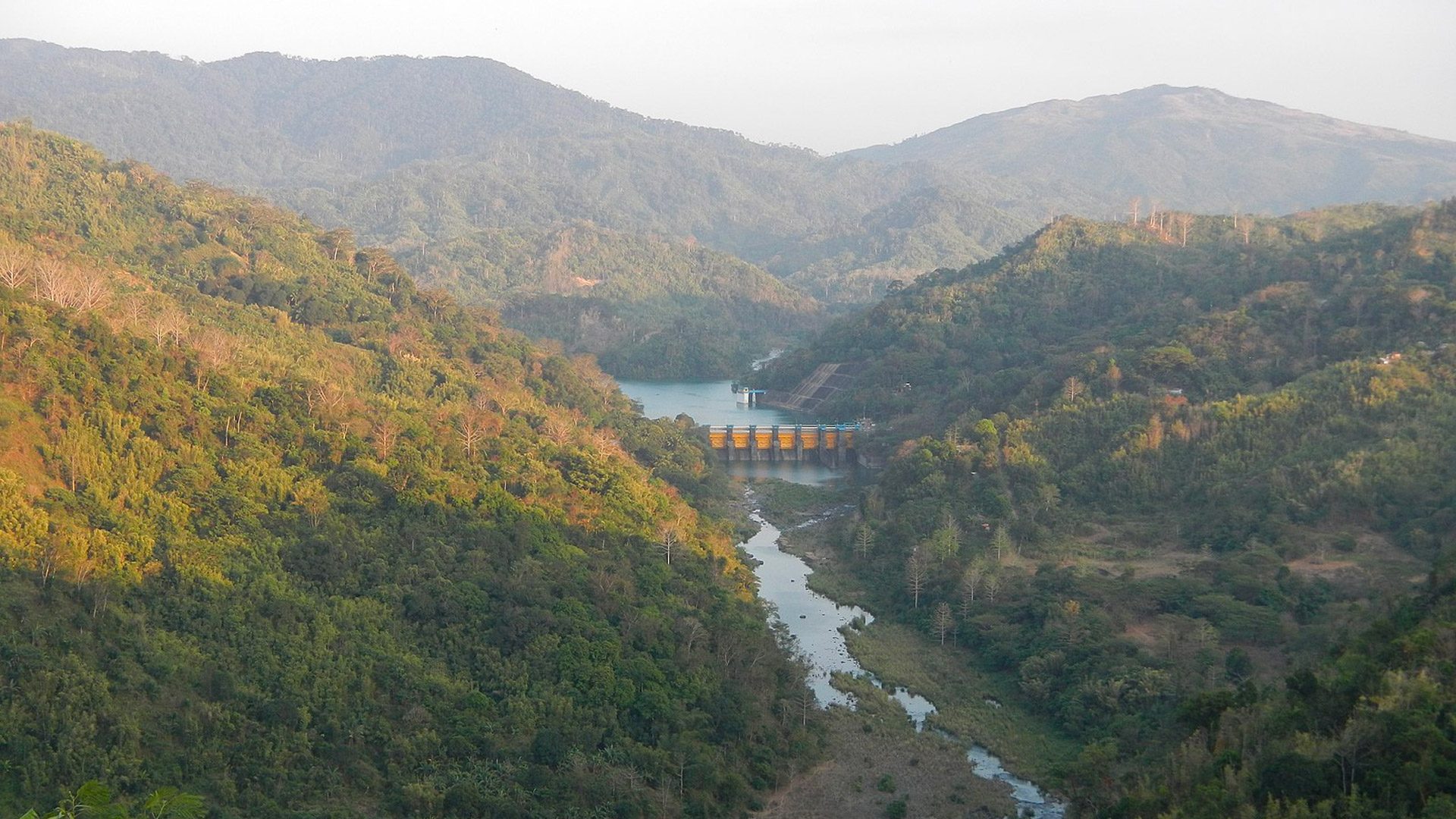SUMMARY
This is AI generated summarization, which may have errors. For context, always refer to the full article.

MANILA, Philippines – Environmental advocates called for clear-cut policies to protect watersheds that, despite existing laws, remain exposed to destructive activities that threaten their ecology.
In a report released in a forum on Thursday, September 28, policy think tank Legal Rights and Natural Resources Center (LRC) found that out of the 14.2 million hectares identified by the Forest Management Bureau (FMB) as critical for the national irrigation system, 6.8 million hectares are assessed as vulnerable to deforestation, biodiversity loss, siltation and erosion, floods, landslides, and water pollution.
The data came from the FMB and the Ecosystems Research and Development Bureau, respectively – both entities under the Department of Environment and Natural Resources (DENR).
On the one hand, 6.5 million hectares of watershed landscapes are protected through presidential proclamations or covered by the National Integrated Protected Areas System (NIPAS).
The problem is that many watersheds are not declared or proclaimed as protected areas, said Leon Dulce, campaign coordinator of LRC. “Watersheds receiving protective status have proven to be difficult in practice,” the report read.
The last presidential proclamation that declared a watershed as a protected area was signed more than ten years ago.
Watersheds are categorized under protected areas declared under the NIPAS. They provide drinking water and help grow food. Watersheds are home to many indigenous people in the country. The Ipo Watershed, for instance, supplies water to Metro Manila.
Loopholes and overlaps
Even though mining exploration, extraction, poaching of wildlife, cutting of timber, and other destructive activities are not allowed under Republic Act 11038 or the Expanded NIPAS (E-NIPAS), there are still loopholes private entities can exploit, said Dulce.
Dulce said this is because watershed protection is not “intrinsic” in Philippine laws. “Kahit nakalagay sa Mining Act na ‘di pwede magpapasok ng minahan sa declared watersheds, operative word doon ay declared,” said Dulce.
(Even though it is stated in the Mining Act that miners are not allowed within declared watersheds, the operative word there is declared.)
In the Philippine Mining Act of 1995 or Republic Act No. 7942, mining operations are not allowed inside proclaimed watershed forest reserves. The DENR is held responsible for the “conservation, management, development, and proper use of the State’s mineral resources including those in reservations, watershed areas, and lands of the public domain.”
“There are still mechanisms that allow supposedly regulated economic activities within a certain area of a protected area,” he added in a mix of Filipino and English.
The Revised Forestry Code allows mining operations in forest lands provided that these are “regulated and conducted with due regard to protection, development and utilization of other surface resources.”
Billie Dumaliang, managing trustee of conservation area Masungi Georeserve located in the Upper Marikina Watershed in Rizal province, has had her fair share of conflicting land claims and struggles with quarrying companies.
Dumaliang traced the issues back to “complicated policies that need rationalization.”
“Ang daming pasikot-sikot,” she said in the same forum. “Kailangan natin ng categorical policy that watersheds are protected from mining. And only then can true regeneration prosper.”
(They go in circles. We need a categorical policy that watersheds are protected from mining.)
“This problem isn’t just in Masungi,” said Dumaliang. “We hear of this problem of overlapping proclamations and policies all over the Philippines.”
In the case of Masungi, Dumaliang said quarrying companies cited private property rights as shown in a letter from the Calabarzon office of the Mines and Geosciences Bureau.
Dumaliang said the problem also emanates from the regional offices that may be reporting erroneous or incomplete information to central offices.
“Because they’re the ones giving the technical information to the policymakers, to the DENR Central Office, if the information is wrong or incomplete…then the policy may be wrong,” said Dumaliang.
The report cited other development activities aside from mining such as infrastructure projects and agricultural venture agreements that threaten watersheds.
Protecting watersheds
The report recommended the improved integration of watershed management councils, the oversight bodies involved in monitoring, enforcement, and conflict resolution in their respective watersheds.
The recommendations include better regulation of businesses involved in development projects.
Advocates also seek more efforts to make the general public appreciate the importance of watersheds.
One of the mechanisms mentioned in the forum that could be used is the local governments’ power to proclaim watershed reserves as no-go zones against mining and other destructive activities. – Rappler.com
Add a comment
How does this make you feel?










There are no comments yet. Add your comment to start the conversation.